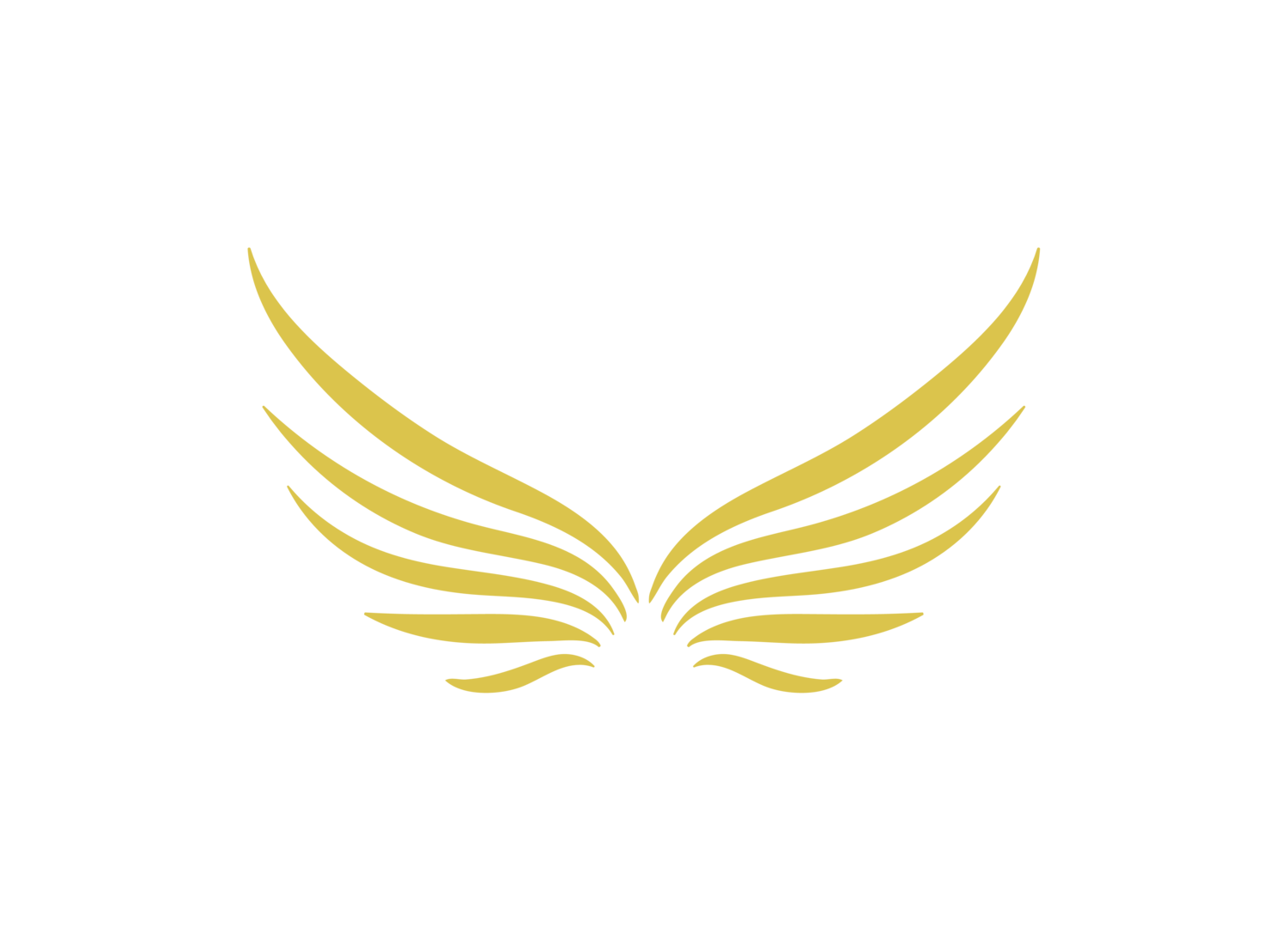Many short trips can be completed by a turbo prop instead of a light jet, though many people aren't aware of the difference between the two types of aircraft. It's also often misinterpreted that a turbo prop is less luxurious than a private jet, but this is absolutely not the case.
The main difference between a turbo prop and a private jet is the engine - where a turbo prop will have propellers instead of jet engines on the wings. A turbo prop engine uses gas power to drive a propeller which produces thrust, rather than relying on jet exhaust like traditional jet aircraft.
Turbo props are far more efficient at lower altitudes and slower speeds than a jet, and by burning less fuel this can really reduce the hourly cost of operating one - meaning turbo props are usually a more cost effective solution for your trip (click here for more ways to keep your private jet charter costs down next time you fly). This can mean that flight times in a turbo prop be longer than their private jet equivalent, but they are always worth exploring!
Photos from Textron Aviation
Another huge advantage of turbo props is their excellent STOL (Short Take Off and Landing) capabilities. This means they are able to access airports and airfields with shorter runways, which may be closer to your end destination. The average light or mid-sized jet requires at least a 5,000 ft runway to safely takeoff and land, while some turboprops can safely take off and land with as little as 3,000 feet of runway.
One potential issue that may arise with a turbo prop is that they can't climb above 30,000 feet - and altitude can play a large role in your flying experience. If the time of year is prone to poorer weather, you may be more likely to experience turbulence at the lower altitudes that a turbo prop flies at. That being said, there is never any guarantee that a jet at higher altitudes won't experience a bumpy ride - we all know how unpredictable the weather is! We will always be able to advise on these kinds of things at the time of your enquiry, so don't hesitate to ask any questions that you may have.
In terms of luxury and interior, turbo props are definitely no less comfortable and well designed than their equivalent jets, and have more seats than the smaller private jets suitable for short flights. A King Air B200 typically has 7-9 seats depending on the configuration, with a refreshment area and separate toilet.
Whatever your reason for flying , we would love to help you organise your trip. Get in touch with one of our private jet charter experts today and let us tailor a schedule to suit you, on +44 (0) 203 880 9005, or click below to get in touch.


